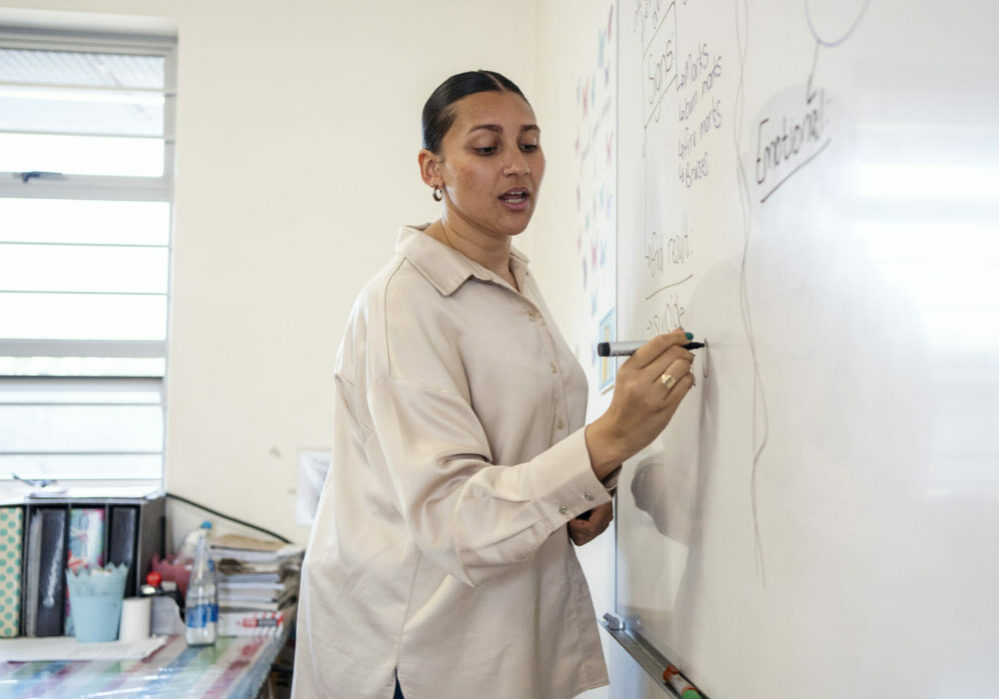By Richard Wilson
The single constant we can be sure of is change. As difficult as it is for many of us, change is inevitable.
We are in a period of so much rapid change, that sometimes it is difficult to feel grounded, both personally and professionally. COVID; immigration and demographic changes; diversity, equity and inclusion initiatives—and the political backlash against them—are a few examples of changes that currently challenge schools and the ways they work.
A constant refrain throughout the pandemic was that when schools came back to normal operations, we should embrace the innovation mindset. We heard that we needed to learn from that time to innovate for a better future. Yet, two years after the pandemic, we have fallen back to business as usual, using old thinking to face new challenges.
Technical problems and adaptive challenges
To deal with these challenges, we might look to Dr. Ronald Heifitz of the Center for Public Leadership at Harvard University. Heifitz has created a model of leadership that makes a distinction between technical problems and adaptive challenges.
Technical problems are those issues we come across that are easy to identify and can be easily solved. They might require some expertise, but solutions can be created within the organization. For example, using an Orton Gillingham method to teach a dyslexic student to read might be considered a technical challenge. It is a method, developed by experts, which when followed with fidelity can support a student in learning to read.
Shifts in students since the pandemic are a different story. These shifts, along with the ones mentioned earlier, represent adaptive challenges. Adaptive challenges require changes in values, beliefs, roles, relationships and approaches to work. The best solutions come from those involved in the work rather than from experts or those with authoritative leadership roles. Solutions may require experiments and new discoveries. They can take a long time to implement and cannot be implemented by edict.
Unfortunately, many school leaders mistake these for technical problems, falling back on old ways to solve new challenges.
Developing systems of restorative justice as the basis of discipline in schools, for example, requires us to think in new ways. It takes the educators working directly with students to develop new solutions. It is not simply imposing new language on old methods, rather a rethinking of the possibilities for students taking ownership of their behaviors in a new way.
Teacher leadership and adaptive challenges
Adaptive changes usually do not respond well to edicts from on high. So, how do we shift our current practices to deal with these new adaptive challenges?
One solution is to leverage teacher leadership. Teacher leaders are teachers who develop skills through programs like the NJEA Teacher Leader Academy. They work with their colleagues and those in administrative leadership to build collaborative communities that can best create solutions to adaptive challenges. Because they are working in nonsupervisory positions, teacher leaders are often in the best position to harvest the wisdom and knowledge of their colleagues to craft innovative solutions to today’s challenges.
If you are a problem solver and would like to develop your leadership skills to create solutions to adaptive challenges, you would be the perfect candidate for the NJEA Teacher Leader Academy (TLA). The TLA is a 12-credit graduate program approved by the New Jersey Department of Education that leads to the teacher leader endorsement on your standard certificate.
Applications are now open for the NJEA Teacher Leader Academy’s next cohort, which begins this summer. For more information, visit njea.org/tla.
Richard Wilson is an associate director in the NJEA Professional Development and Instructional Issues Division. He is the coordinator of the NJEA Teacher Leader Academy. He can be reached at rwilson@njea.org.

